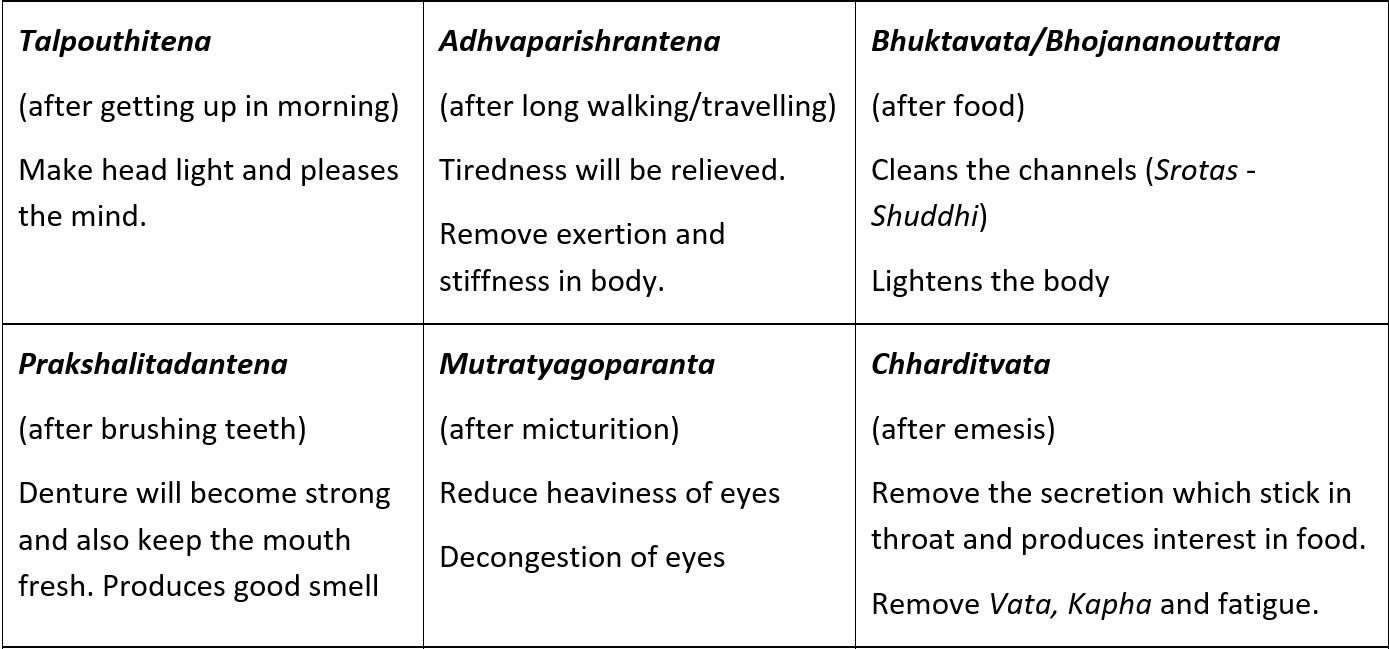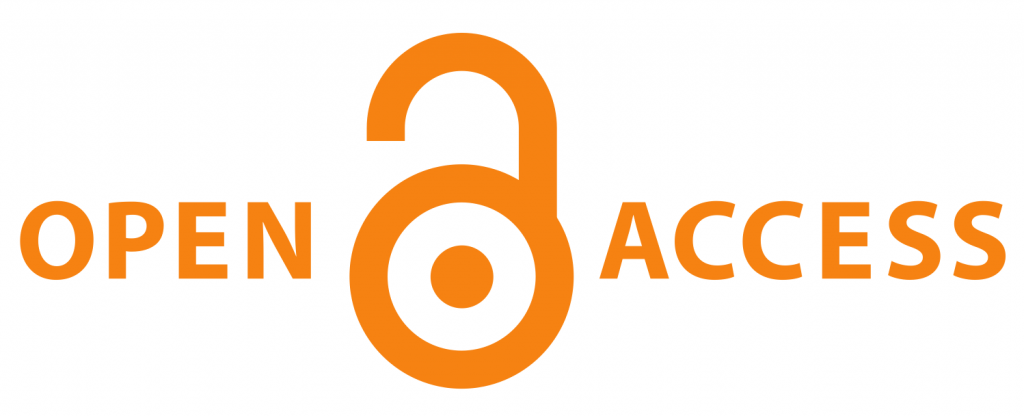Ayurvedic Insights into Urdhwajatrugata Vikara through Pratimarsha Nasya
DOI:
https://doi.org/10.21760/jaims.10.7.16Keywords:
Pratimarsha Nasya, Ritushodana, Matrabasti, Marsha Nasya, AyurvedaAbstract
In this highly competitive age, maintaining a healthy lifestyle poses a significant challenge. Ayurveda, with its focus on personalized wellness and preventive measures, offers a comprehensive approach in maintaining a healthy life. Ayurveda provides detailed guidance on preventive measures, including Dincharya (daily routine), Ritucharya (seasonal regimen), Rasayana (rejuvenation), and Yoga (physical exercise). In addition to these preventive aspects, factors like Ritushodhana, which involves seasonal body purification, play a crucial role. There are five types of Shodhana procedures, and Nasya is one among them. Nasya is primarily recommended for addressing Urdhwajatrugata Vikaras, in which Doshas are eliminated through the closest and most accessible opening, which is nose. Pratimarsha Nasya is a unique form of Snehana Nasya, featuring low doses and minimal risks. It can be safely administered on a daily basis and is suitable for all seasons. Pratimarsha Nasya is administered by dipping the finger in the necessary Sneha (oil or medicated substance) and then gently instilling it into each nostril. Acharya Vagbhata has elaborated that Pratimarsha Nasya can be performed at 15 different specific times, offering users the flexibility to choose the timing that best suits their individual requirements. Acharya also opines that Pratimarsha Nasya is suitable for individuals throughout their lives much like Matra Basti. Through daily practice, it offers similar benefits to Marsha Nasya, without the associated Vyapats (complications) commonly found in the latter. This study endeavours to provide a conceptual analysis of the role of Pratimarsha Nasya Karma in addressing Urdwajatrugata Roga by drawing insights from various Ayurvedic literature sources as well as contemporary scientific perspectives.
Downloads
References
Sharma RK, Dash B, translators. Charaka Samhita. Sutrastana, Chapter 29, Verse 3. Reprint ed. Varanasi: Chaukhambha Orientalia; 2018.
Srikantha Murthy KR, translator. Sushruta Samhita of Sushruta. Chikitsasthana, Chapter 40, Verse 21. Reprint ed. Varanasi: Chaukhambha Orientalia.
Sharma RK, Dash B, translators. Charaka Samhita. Siddhisthana, Chapter 9, Verse 117. Reprint ed. Varanasi: Chaukhambha Orientalia; 2018.
Pahwa P, Negi A, Negi S, Ashu. Standardization of bindu pramana for different kalpanas of nasya. Ayushdhara. 2024;11(3):189–92. Available from: https://doi.org/10.47070/ayushdhara.v11i3.1585
Gupta A, editor. Astanga Hridayam of Vagbhata. Sutrasthana, Chapter 20, Verse 26. Vol. 1. Reprint ed. Varanasi: Chaukhambha Prakashan; 2009. p. 175.
Srikantha Murthy KR, translator. Ashtanga Hridaya of Vagbhata. Sutrasthana, Chapter 20, Verse 26. Reprint ed. Varanasi: Chaukhambha Orientalia; 2011. p. 260.
Srikantha Murthy KR, translator. Sushruta Samhita of Sushruta. Chikitsasthana, Chapter 40, Verse 51. Reprint ed. Varanasi: Chaukhambha Orientalia; 2005. p. 401.
Srikantha Murthy KR, translator. Sharngadhara Samhita of Sharngadhara. Uttarakhanda, Chapter 8, Verse 38. 4th ed. Varanasi: Chaukhambha Orientalia; 2001. p. 227.
Srikantha Murthy KR, translator. Ashtanga Hridaya of Vagbhata. Sutrasthana, Chapter 20, Verse 28. Reprint ed. Varanasi: Chaukhambha Orientalia; 2011. p. 260.
Srikantha Murthy KR, translator. Ashtanga Hridaya of Vagbhata. Sutrasthana, Chapter 20, Verse 20. Reprint ed. Varanasi: Chaukhambha Orientalia; 2011.
Sharma RK, Dash B, translators. Charaka Samhita. Siddhisthana, Chapter 9, Verse 88. Reprint ed. Varanasi: Chaukhambha Orientalia; 2018.
Srikantha Murthy KR, translator. Ashtanga Hridaya of Vagbhata. Sutrasthana, Chapter 29, Verse 2. Reprint ed. Varanasi: Chaukhambha Orientalia; 2011. p. 260.
Sharma RK, Dash B, translators. Charaka Samhita. Siddhisthana, Chapter 2, Verse 22. Reprint ed. Varanasi: Chaukhambha Orientalia; 2018. p. 201.
Srikantha Murthy KR, translator. Sushruta Samhita of Sushruta. Sharirasthana, Chapter 6, Verse 27. Reprint ed. Varanasi: Chaukhambha Orientalia; 2005. p. 401.
Drake R. Gray’s Anatomy. 2005 ed. Philadelphia: Elsevier.
Moharana D, Bhosale S, Guddad S, Hiremath VG, Badrinath GS. Nasya Karmukta with special reference to pharmacodynamics of Nasya. J Ayu Int Med Sci. 2023;8(3):63–8.
Tirankar S. Clinical evaluation of Yashtimadhu Taila Pratimarsha Nasya in the management of Khalitya. Int J Ayurveda Med. 2021;12(4):812–8.
Preeti N, et al. Role of Shadbindu Taila Pratimarsha Nasya with Ghrita Bhrishta Haridra in the management of Vataja Pratishyaya. Int J Ayurveda Med. 2023;14(1):100–6.
Gupta R, et al. A review on Pratimarsha Nasya: A simple and effective approach in preventive care. J Ayurveda Integr Med Sci. 2020;5(2):81–5.
Sharma S, Sharma R. Conceptual understanding of Pratimarsha Nasya in harmonizing mind and breath. Int J Ayurveda Pharma Res. 2023;11(1):44–8.
Bansal R, Umesh KM. Pratimarsha Nasya: A preventive tool in Ayurveda—its significance in present-day context. Int J Ayurveda Pharma Res. 2020;8(4):77–80.
Srikantha Murthy KR, translator. Ashtanga Hridaya of Vagbhata. Sutrasthana, Chapter 20. Reprint ed. Varanasi: Chaukhambha Orientalia; 2011.















